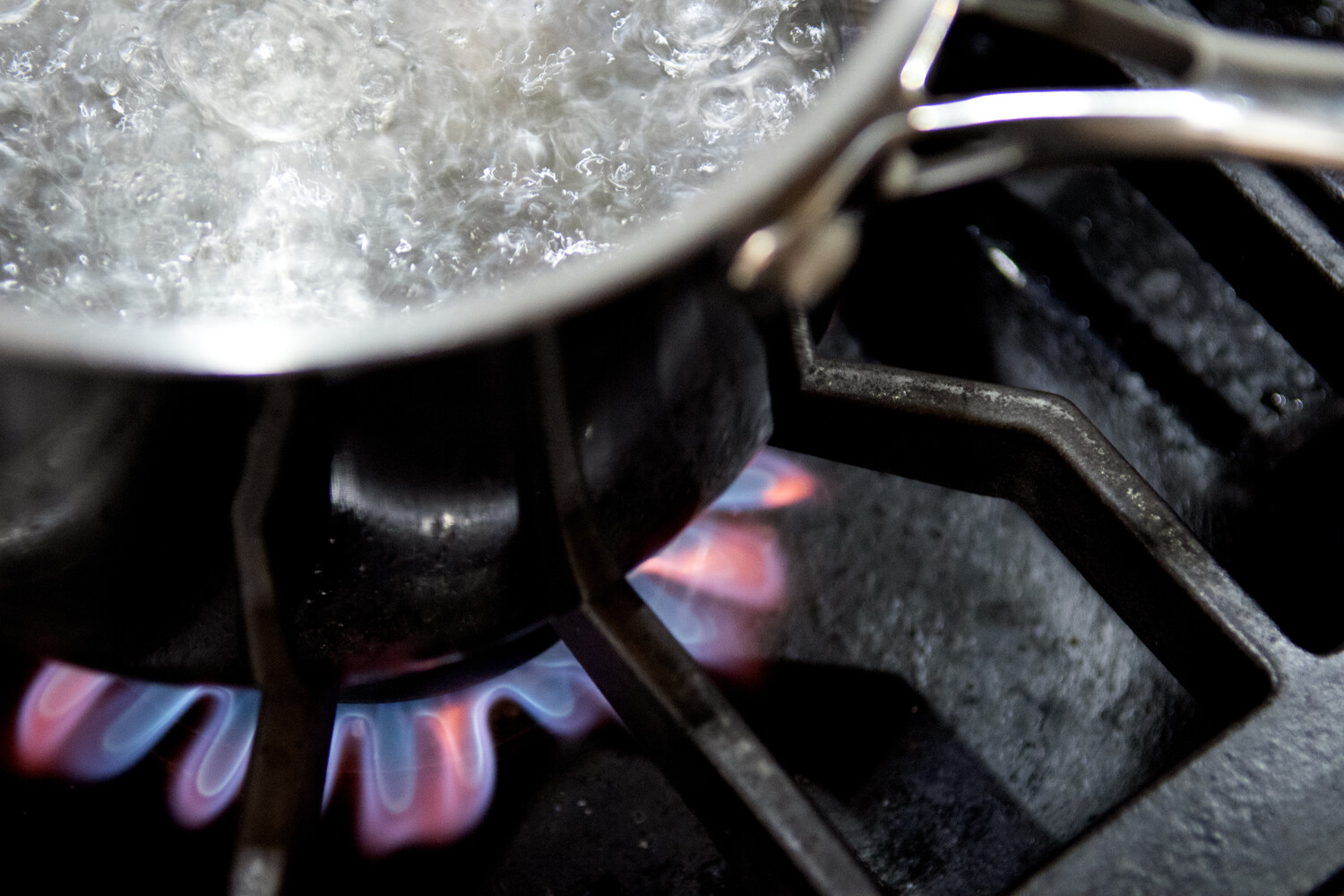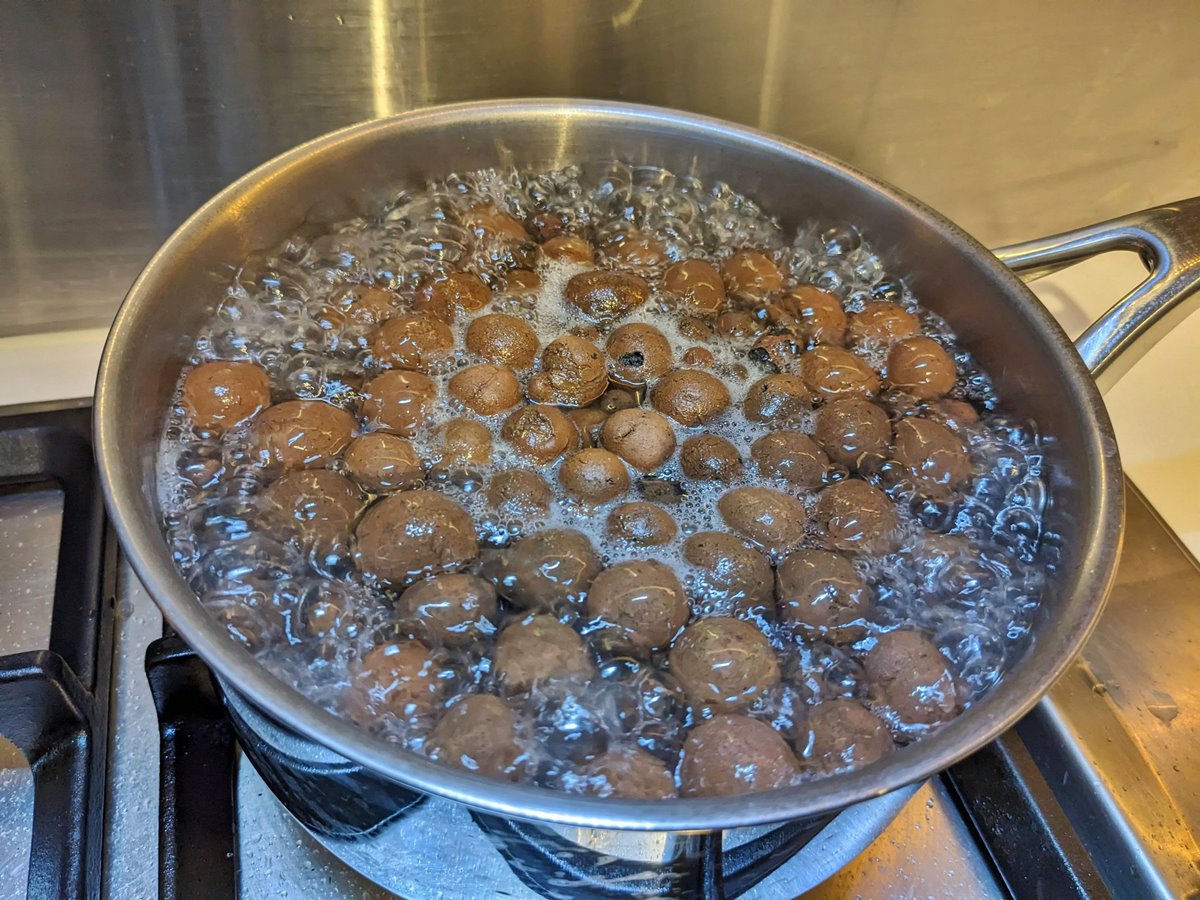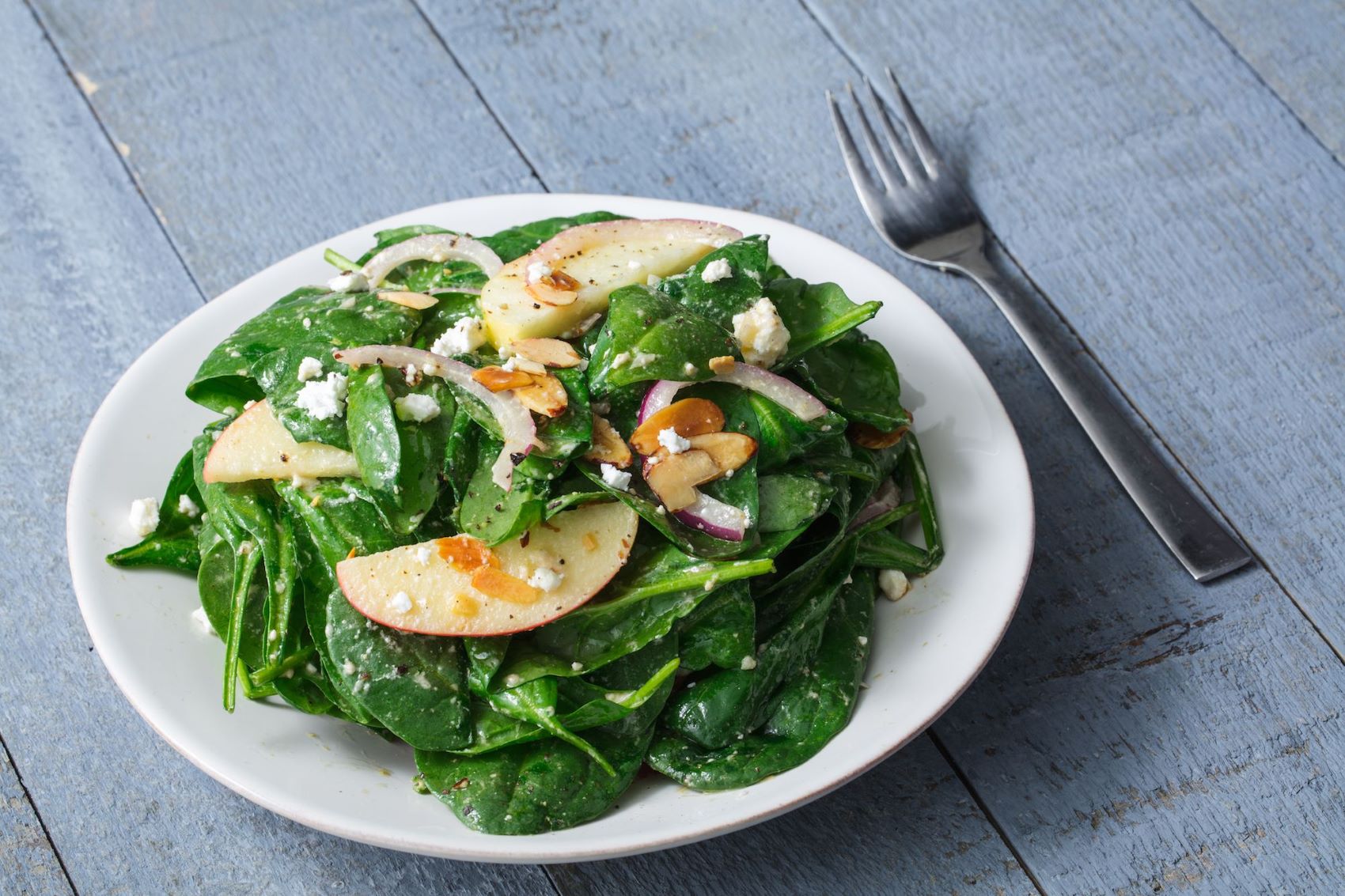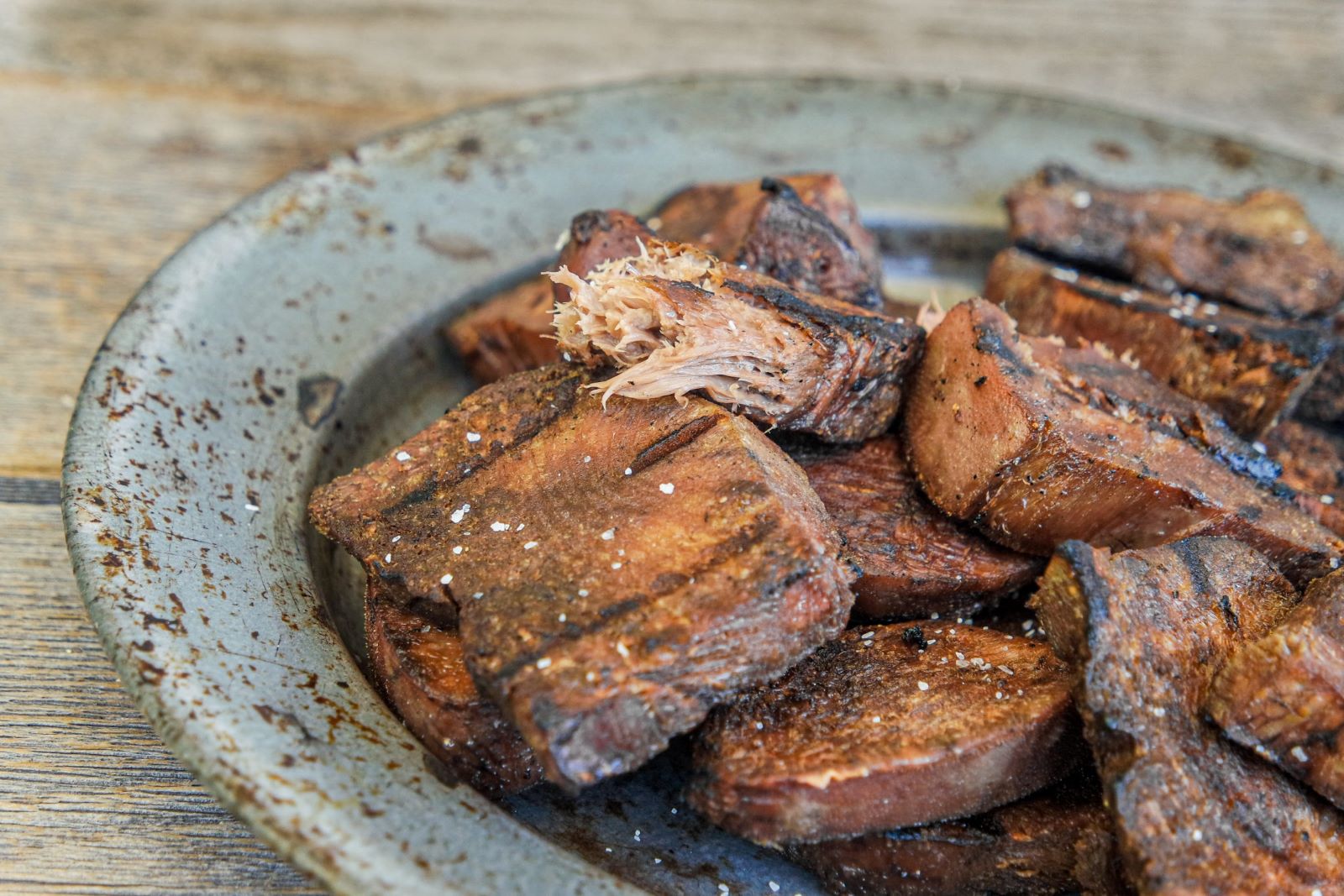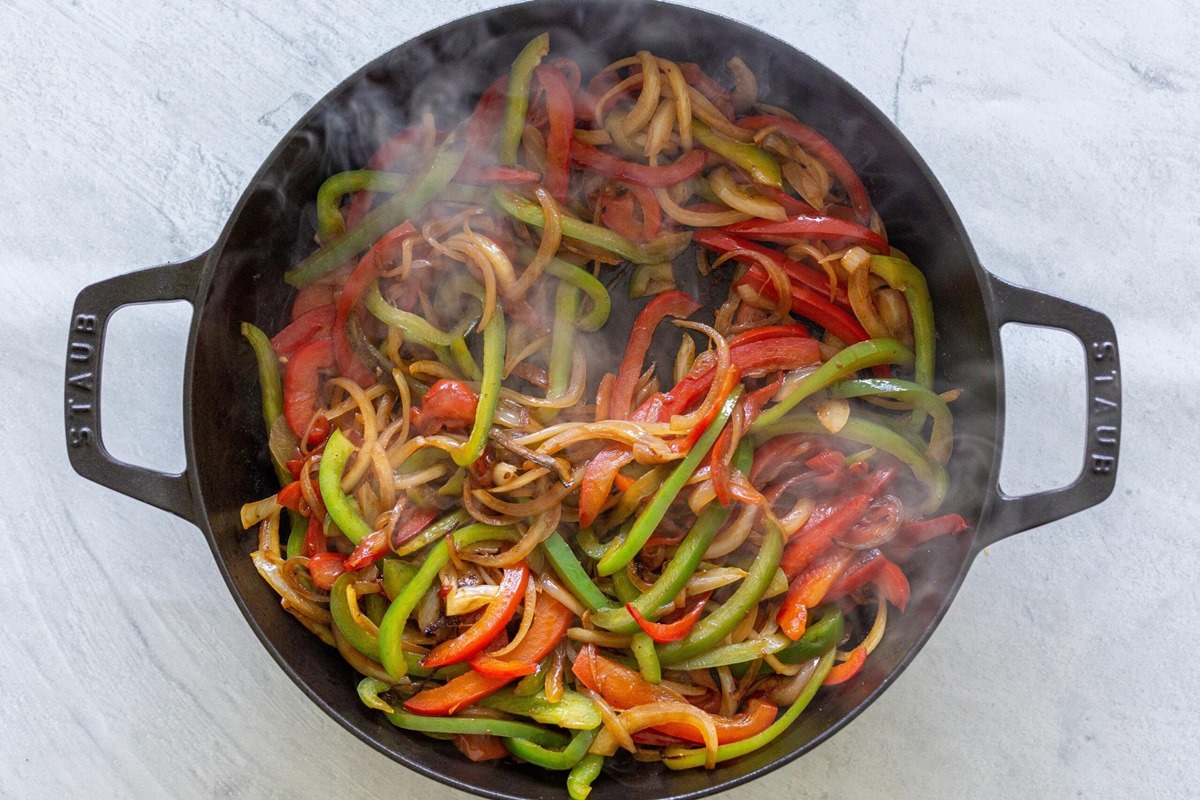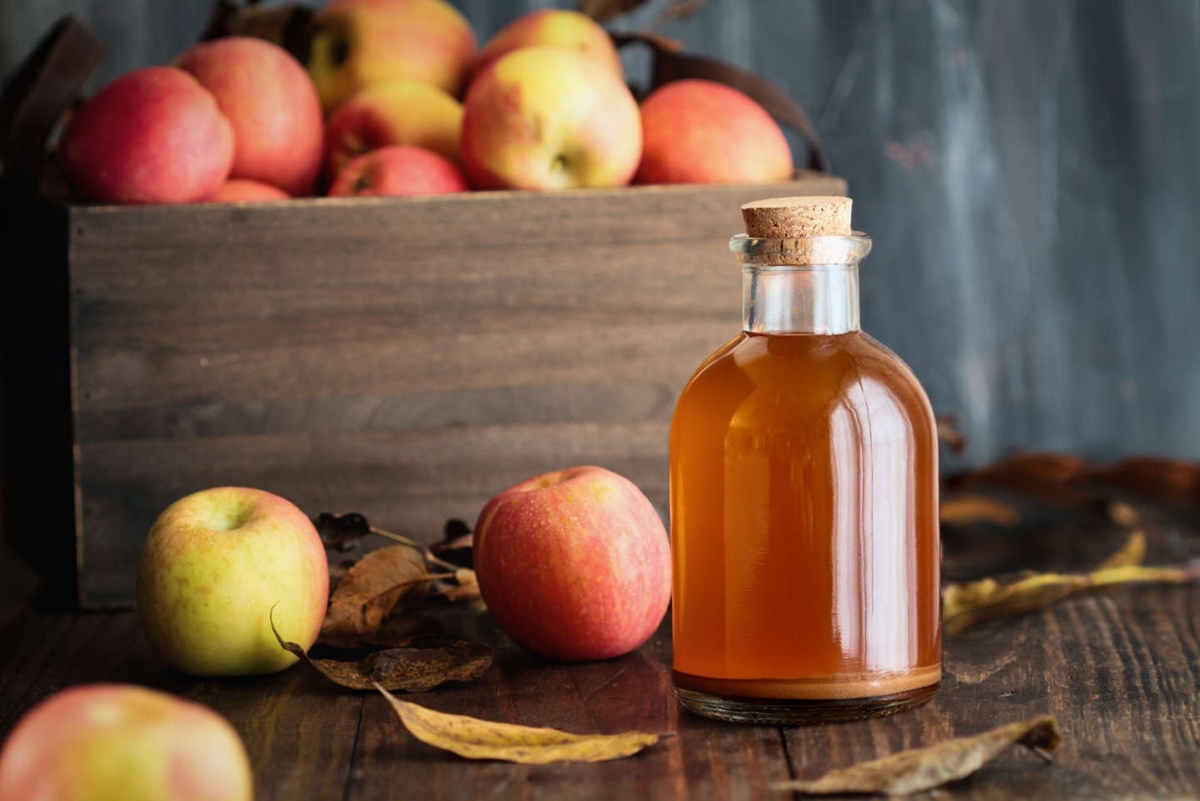How To Boil Turmeric Root: Unleash the Power of this Golden Spice
When it comes to the world of spices, turmeric holds a special place. Known for its vibrant yellow color and warm, earthy flavor, turmeric has been celebrated for its numerous health benefits for centuries. What many people don’t realize is that boiling turmeric root can unlock even more of its potent properties. In this article, we will guide you through the process of boiling turmeric root, so you can incorporate this golden spice into your daily routine.
The Benefits of Boiling Turmeric Root
Boiling turmeric root creates a concentrated infusion that amplifies its health-promoting compounds. In this form, the bioactive compound in turmeric called curcumin becomes more readily available and easier to absorb by the body. Curcumin is renowned for its anti-inflammatory and antioxidant properties, making it a powerful ally in supporting overall wellbeing.
By boiling turmeric root, you can experience a range of benefits, including:
- Improved digestion: Turmeric has long been used as a digestive aid. Boiling the root can help soothe digestive discomfort and promote a healthy gut.
- Reduced inflammation: Curcumin has been found to have anti-inflammatory effects, which can help alleviate symptoms of inflammation in the body.
- Enhanced immune function: The antioxidant properties of turmeric can support a strong immune system and help protect against oxidative stress.
- Joint health: Boiling turmeric root can aid in maintaining healthy joints and easing occasional joint stiffness.
- Heart health: Curcumin may help support cardiovascular health by promoting healthy cholesterol levels and reducing oxidative stress in the blood vessels.
How to Boil Turmeric Root
Now that we’ve discussed the benefits, let’s dive into the step-by-step process of boiling turmeric root:
- Choose fresh turmeric root: Look for firm and plump turmeric roots with a vibrant orange-yellow color. Avoid any roots that appear shriveled or moldy.
- Wash and peel: Start by washing the turmeric root thoroughly under running water to remove any dirt or impurities. Then, using a peeler or a spoon, gently peel off the outer skin to reveal the bright yellow flesh.
- Grate or chop: Depending on your preference, you can either grate the turmeric root using a fine grater or finely chop it into small pieces. This will help release the flavors and active compounds more easily during the boiling process.
- Boiling: Place the grated or chopped turmeric root in a pot filled with water. The general rule of thumb is to use approximately 4 cups of water for every 1-inch piece of turmeric root. Bring the water to a boil and then reduce the heat to a simmer. Allow the turmeric root to simmer for about 15-20 minutes to extract its goodness.
- Strain and store: After simmering, remove the pot from heat and strain the liquid to remove any leftover turmeric particles. You can store the turmeric-infused liquid in a glass jar in the refrigerator for future use.
Note: Boiling turmeric root may stain utensils and countertops, so it’s recommended to use stainless steel utensils and work on a cutting board that can be easily cleaned.
Ways to Enjoy Boiled Turmeric Root
Now that you have your turmeric-infused liquid, you may be wondering how to incorporate it into your daily routine. Here are a few ideas:
- Golden milk: Mix the turmeric-infused liquid with warm milk, a dash of honey, and a sprinkle of cinnamon for a soothing and nourishing drink.
- Turmeric tea: Add a squeeze of lemon and a drizzle of honey to the turmeric-infused liquid for a refreshing and immune-boosting beverage.
- Culinary uses: Use the turmeric-infused liquid as a flavorful base for soups, stews, or rice dishes, adding both color and health benefits to your meals.
Remember, boiled turmeric root can be a versatile addition to your wellness routine, offering not only a burst of flavor but a multitude of health benefits as well. So, start boiling those turmeric roots and unlock the golden power of this remarkable spice!
More Delicious Ways to Use Boiled Turmeric Root
After mastering the art of boiling turmeric root, readers can venture into a variety of delicious and healthful recipes. The guide provides an excellent foundation for integrating turmeric into everyday meals. For a comforting start, try the Golden Turmeric Milk, perfect for evenings. Dive into the Turmeric Ginger Lemon Tea for a refreshing, antioxidant-rich beverage. Those seeking robust flavors might enjoy the Anti-Inflammatory Turicum Soup, which combines healing spices and hearty ingredients. For a creative kitchen adventure, the Turmeric and Honey Glazed Chicken comes highly recommended, delivering a perfect balance of sweetness and earthy turmeric tones. Each recipe offers a unique way to harness the health benefits and flavors of turmeric, elevating your cooking with each dish.
Was this page helpful?
Read Next: How To Boil A Chicken Carcass
